Home>Garden Essentials>How Long Does It Take Grass Seeds To Grow
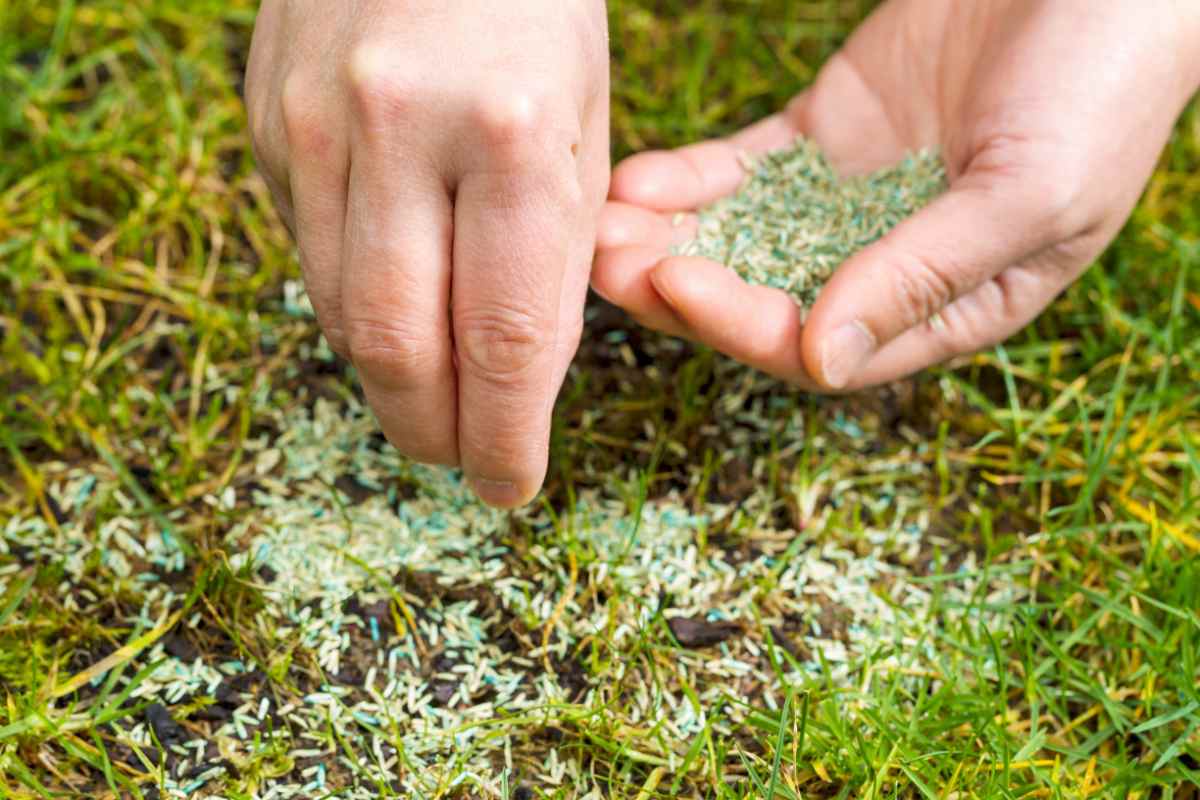

Garden Essentials
How Long Does It Take Grass Seeds To Grow
Modified: September 2, 2024
Discover how long it takes for garden grass seeds to grow and achieve a lush lawn with our expert tips and guidance.
(Many of the links in this article redirect to a specific reviewed product. Your purchase of these products through affiliate links helps to generate commission for Storables.com, at no extra cost. Learn more)
Introduction
Gardening enthusiasts often turn to grass seeds when looking to establish or improve their lawns. Growing grass from seed offers several advantages, including affordability and the ability to choose from a wide variety of grass types. However, one common question that arises is: how long does it take grass seeds to grow?
The germination period for grass seeds can vary depending on various factors, such as the type of grass, environmental conditions, and proper care. Understanding these factors and implementing the right techniques can significantly impact the speed and success of grass seed germination.
In this article, we will explore the factors that affect grass seed germination, the typical germination periods for common grass types, and provide valuable tips for successfully growing grass from seed.
Key Takeaways:
- Growing grass from seed requires attention to factors like temperature, moisture, and soil quality. Patience and proper care are key to successfully establishing a lush, healthy lawn.
- Choosing the right grass type, preparing the soil, and providing consistent care are essential for successful grass seed germination. Overcoming common issues like poor germination and weed invasion can lead to a vibrant, thriving lawn.
Read more: How Long Does It Take Seeds To Grow
Factors Affecting Grass Seed Germination
Several factors play a crucial role in the germination of grass seeds. Understanding these factors will help you make informed decisions when it comes to planting and caring for your grass seeds. Let’s explore the key factors affecting grass seed germination:
- Temperature: Grass seeds have specific temperature requirements for optimal germination. Most common grass types prefer soil temperatures between 50°F and 65°F (10°C to 18°C). If the soil temperature is too low, germination may be delayed or unsuccessful. On the other hand, excessively high temperatures can inhibit germination or lead to poor seedling growth.
- Moisture: Adequate moisture is essential for grass seed germination. During the germination process, the seeds absorb moisture from the soil, triggering biochemical reactions that promote growth. However, it’s important to strike a balance, as excessive moisture can lead to rotting or fungal diseases. Consistent, light watering is crucial to maintain the right moisture level without drowning the seeds.
- Soil Conditions: The quality and composition of the soil are critical for successful germination. Well-draining soil with a good balance of organic matter allows for proper moisture retention without becoming waterlogged. Additionally, the soil pH level should be within the suitable range for the specific grass type to thrive.
- Light: While seeds require darkness to germinate, grass seedlings need exposure to sunlight for their growth and development. It’s important to ensure that the seeds are not buried too deep, as this can prevent the necessary access to light. Lightly covering the seeds with a thin layer of soil or mulch is usually sufficient.
- Seed Quality: The quality and viability of the grass seeds themselves play a significant role in germination. It’s crucial to use fresh, high-quality seeds from a reputable source. Older or low-quality seeds may have reduced germination rates, leading to patchy or sparse growth.
By understanding and managing these factor
Germination Period for Common Grass Types
The germination period for grass seeds can vary depending on the type of grass you choose to sow. Each grass variety has its own unique characteristics and growth patterns. Here are some common grass types and their typical germination periods:
- Perennial Ryegrass: Perennial ryegrass is known for its quick germination, usually taking about 7 to 10 days. This fast-growing grass type is popular for overseeding lawns or creating temporary green spaces.
- Kentucky Bluegrass: Kentucky bluegrass has a slightly longer germination period and typically takes around 14 to 21 days. However, it is well worth the wait as Kentucky bluegrass is known for its fine texture and rich green color.
- Tall Fescue: Tall fescue has a relatively quick germination period, averaging about 7 to 14 days. This grass type is popular for its adaptable nature and ability to withstand various climate conditions and foot traffic.
- Bermuda Grass: Bermuda grass has a germination period ranging from 7 to 21 days, depending on the temperature and soil conditions. It is a warm-season grass that thrives in hot climates and is known for its excellent drought tolerance.
- Zoysia Grass: Zoysia grass can have a longer germination period, often taking about 14 to 21 days or even up to a month. However, its slow growth is compensated by its durability and ability to create a dense, resilient lawn.
These are just a few examples of common grass types and their germination periods. It’s important to note that these timeframes can vary based on factors such as temperature, moisture, and soil conditions. Patience and proper care are key during the germination process to ensure optimal results.
Steps for Growing Grass from Seed
Growing grass from seed requires proper planning, preparation, and care. Following the right steps will help you achieve successful germination and establish a lush, healthy lawn. Here are the key steps to grow grass from seed:
- Prepare the Soil: Start by preparing the soil where you plan to sow the grass seeds. Remove any existing weeds, rocks, or debris. Loosen the soil with a rake or tiller to create a favorable environment for seed germination.
- Test the Soil: It’s advisable to test your soil’s pH level before planting grass seeds. Grass typically thrives in soil with a pH range of 6-7. Adjust the pH if necessary by adding lime to raise the pH or sulfur to lower it.
- Sow the Seeds: Spread the grass seeds evenly over the prepared soil. Use a spreader or your hand to ensure uniform distribution. Different grass types may have specific recommendations for seed density, so refer to the seed packaging for guidance.
- Lightly Cover the Seeds: After sowing the seeds, lightly cover them with a thin layer of soil or mulch. This will protect the seeds from birds or excessive sunlight while still allowing them access to the necessary light for germination.
- Water Frequently: Watering is crucial to keep the soil moist and assist in seed germination. Ensure that the soil remains consistently moist, but avoid overwatering, as it can lead to waterlogging or seed rot. Water the area gently and frequently to prevent the seeds from drying out.
- Provide Proper Care: As the grass seedlings begin to emerge, provide ongoing care to promote their healthy growth. Gradually reduce the frequency of watering but increase the amount of water to encourage deep root development. Keep an eye out for weeds and remove them promptly to prevent competition for nutrients and space.
- Mow at the Right Height: Once the grass reaches an appropriate height, usually around 3-4 inches, it’s time for the first mowing. Set your mower blade to a higher setting to avoid cutting the grass too short, which can stress the young seedlings.
- Implement a Fertilization Schedule: After the grass has established, implement a regular fertilization schedule to provide the necessary nutrients for healthy growth. Choose a fertilizer appropriate for your grass type and follow the recommended application instructions.
By following these steps and providing proper care, you can successfully grow grass from seed and enjoy a vibrant, thriving lawn.
Grass seeds typically take 7-30 days to germinate and start growing. Factors like temperature, moisture, and seed type can affect the timeline. Keep the soil consistently moist and provide sunlight for best results.
Tips for Successful Grass Seed Germination
Grass seed germination can be a delicate process, but with the right techniques and care, you can increase the chances of successful growth. Here are some valuable tips to ensure successful grass seed germination:
- Choose the Right Grass Type: Select a grass type that is well-suited to your climate, soil conditions, and desired lawn use. Different grass varieties have different requirements and adaptability, so choose one that matches your specific needs and preferences.
- Prepare the Soil Properly: Prior to sowing the grass seeds, prepare the soil by removing any debris, rocks, or existing vegetation. Loosen the soil with a rake or tiller to create a loose, receptive bed for the seeds.
- Seed at the Right Time: Timing is crucial when it comes to grass seed germination. Choose the optimal time for your specific grass type, considering the temperature and climate conditions. Planting in the fall or early spring often provides the best conditions for successful germination.
- Ensure Proper Soil Moisture: Adequate moisture is essential for seed germination. Keep the soil consistently moist during the germination period, but avoid overwatering, as it can lead to seed rot or fungal diseases. Water lightly and frequently to maintain the right moisture level.
- Protect the Seeds and Seedlings: Birds and other animals are attracted to newly planted grass seeds. Cover the area with a thin layer of straw or netting to protect the seeds from being eaten or disturbed. Remove the cover once the grass seedlings start to emerge.
- Monitor and Control Weeds: Weeds can compete with grass seedlings for essential nutrients and space. Regularly inspect the area for weeds and remove them promptly to prevent hindered grass seed germination and growth.
- Mow at the Right Height: Once the grass has reached a height of 3-4 inches, mow it for the first time. Set the mower blade to a higher setting to avoid cutting the grass too short, as this can stress the seedlings. Gradually lower the mowing height as the grass becomes established.
- Implement a Fertilization Schedule: Follow a fertilization schedule to provide the necessary nutrients for healthy grass growth. Choose a fertilizer specifically formulated for new grass or seedlings and apply it according to the manufacturer’s instructions.
- Be Patient and Consistent: Successful grass seed germination takes time and consistent care. Be patient and continue to provide proper watering, mowing, and maintenance. It may take a few weeks for the grass to establish, but with patience and consistency, you will see the desired results.
By following these tips and guidelines, you can greatly improve the success of your grass seed germination and enjoy a lush, vibrant lawn.
Read more: How Long Does It Take For Grass To Grow
Common Problems and Troubleshooting
While growing grass from seed can be a rewarding experience, there are common problems that may arise during the germination process. Understanding these issues and implementing proper troubleshooting techniques can help overcome challenges and ensure the success of your lawn. Let’s explore some common problems and how to troubleshoot them:
- Poor Germination: If you notice patchy or sparse growth, it may be due to poor germination. This can be caused by factors such as incorrect seeding depth, insufficient soil contact, or poor seed quality. To troubleshoot, ensure that the seeds are sown at the recommended depth and make sure there is good seed-to-soil contact. If necessary, overseed the affected areas to fill in the gaps.
- Weed Invasion: Weeds can be a common problem during the germination process. Inspect the lawn regularly and remove any weeds that appear. Applying a pre-emergent herbicide before planting the grass seeds can also help prevent weed seeds from germinating.
- Seed Washout: Heavy rainfall or improper watering can cause the seeds to wash away, leaving bare patches. To prevent seed washout, consider covering the seeded area with a thin layer of straw or mulch. Additionally, ensure that your watering technique is gentle and aimed at maintaining consistent moisture in the soil without causing erosion.
- Poor Soil Quality: If the soil lacks proper nutrients or has a poor structure, it can hinder seed germination. Conduct a soil test to determine if any amendments are necessary. Adding organic matter, such as compost or manure, can improve soil fertility and structure. Ensure that the soil has proper drainage to avoid waterlogging.
- Pest Infestation: Insects and pests can damage grass seeds and seedlings. Monitor the lawn for signs of pests and take appropriate measures to control them. Using natural pest control methods or applying targeted treatments can help protect your grass from pest damage during the germination process.
- Disease Issues: Grass seedlings are susceptible to certain diseases, such as damping-off or fungal infections. Proper watering and ensuring good air circulation can help prevent these diseases. If disease symptoms are observed, consult a local garden center or cooperative extension office for guidance on appropriate treatment options.
By addressing these common problems and troubleshooting issues promptly, you can overcome obstacles and set your grass seeds on the path to healthy growth and a lush lawn.
Conclusion
Growing grass from seed allows you to create a beautiful and healthy lawn tailored to your preferences. While the germination process may require some patience and care, understanding the factors affecting grass seed germination and following the right steps can significantly increase your chances of success.
Factors such as temperature, moisture, soil conditions, and seed quality all play a crucial role in the germination of grass seeds. By optimizing these factors and providing proper care, you can encourage rapid and healthy seed germination.
Selecting the right grass type for your climate and lawn needs, preparing the soil properly, and consistently providing the right amount of water are key steps in growing grass from seed. Monitoring for common issues such as poor germination, weed invasion, seed washout, poor soil quality, pest infestations, and diseases can help you troubleshoot and overcome challenges along the way.
Remember that growing grass from seed is a gradual process. It may take a few weeks for the grass to establish and fully grow. Be patient, consistent with your care, and follow proper mowing and fertilization techniques to maintain a healthy lawn.
With the tips and guidelines provided in this article, you are well-equipped to embark on your journey of growing grass from seed. Enjoy the satisfaction of watching your lawn transform from small seeds to a lush and vibrant carpet of green. Happy gardening!
Frequently Asked Questions about How Long Does It Take Grass Seeds To Grow
Was this page helpful?
At Storables.com, we guarantee accurate and reliable information. Our content, validated by Expert Board Contributors, is crafted following stringent Editorial Policies. We're committed to providing you with well-researched, expert-backed insights for all your informational needs.
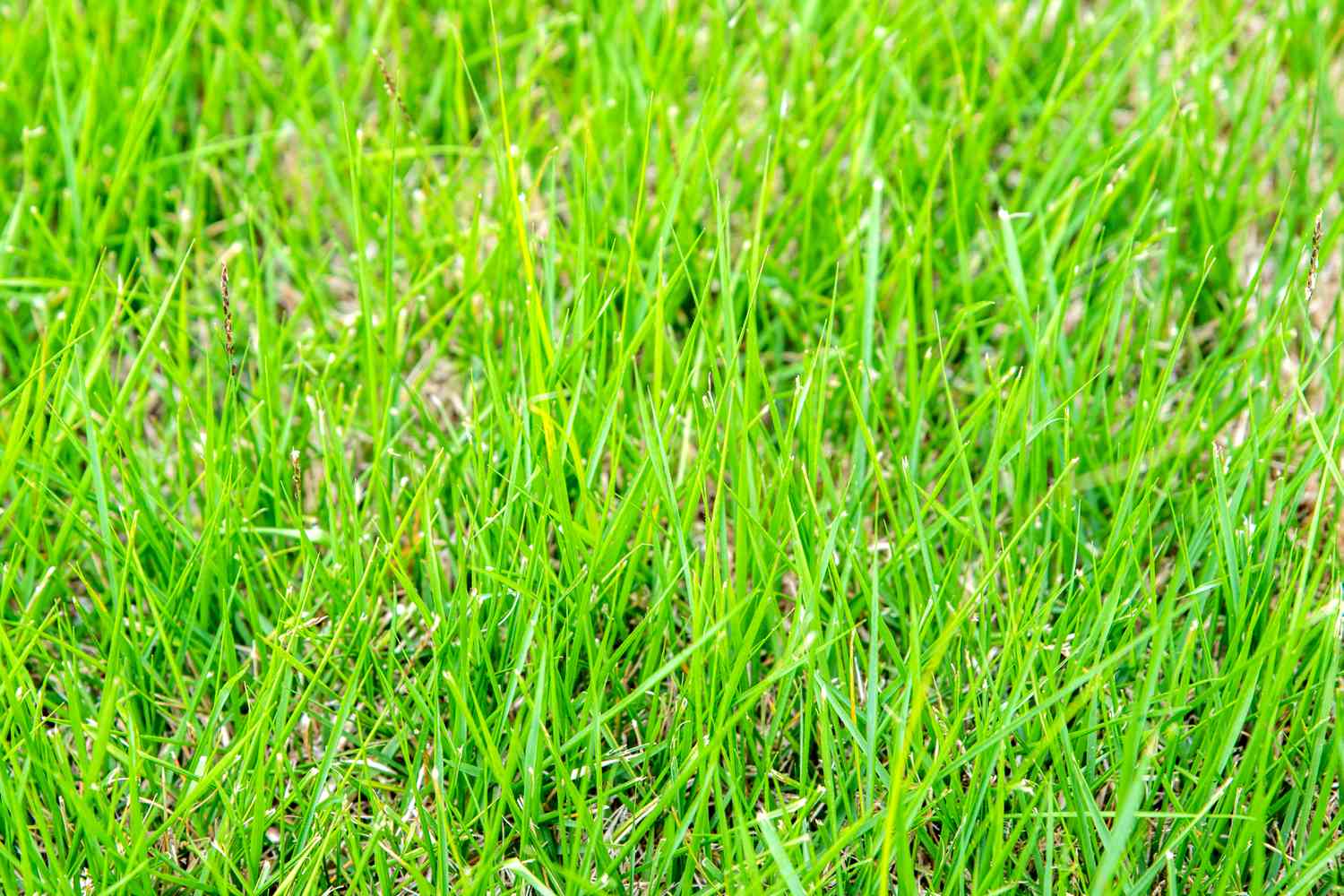



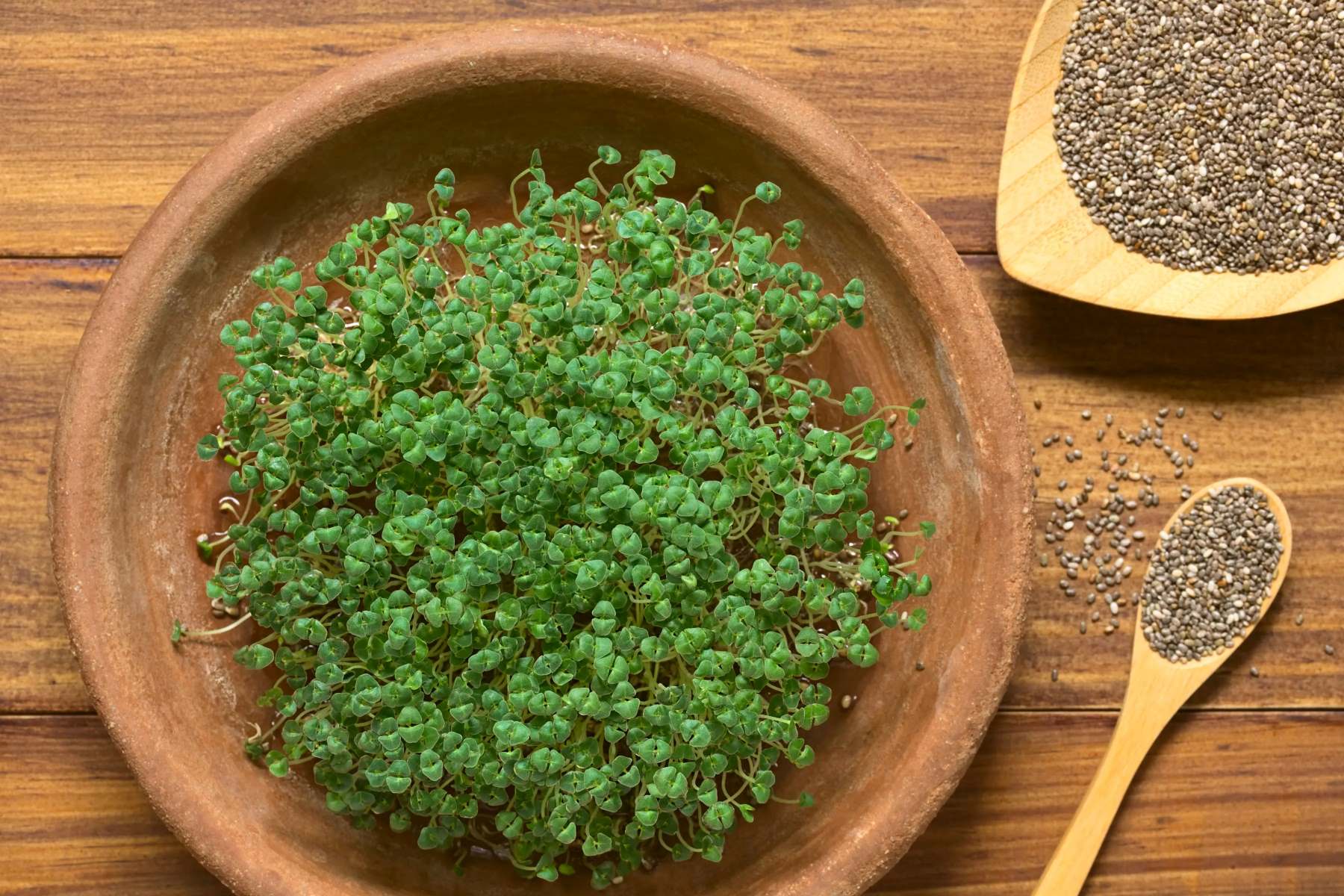
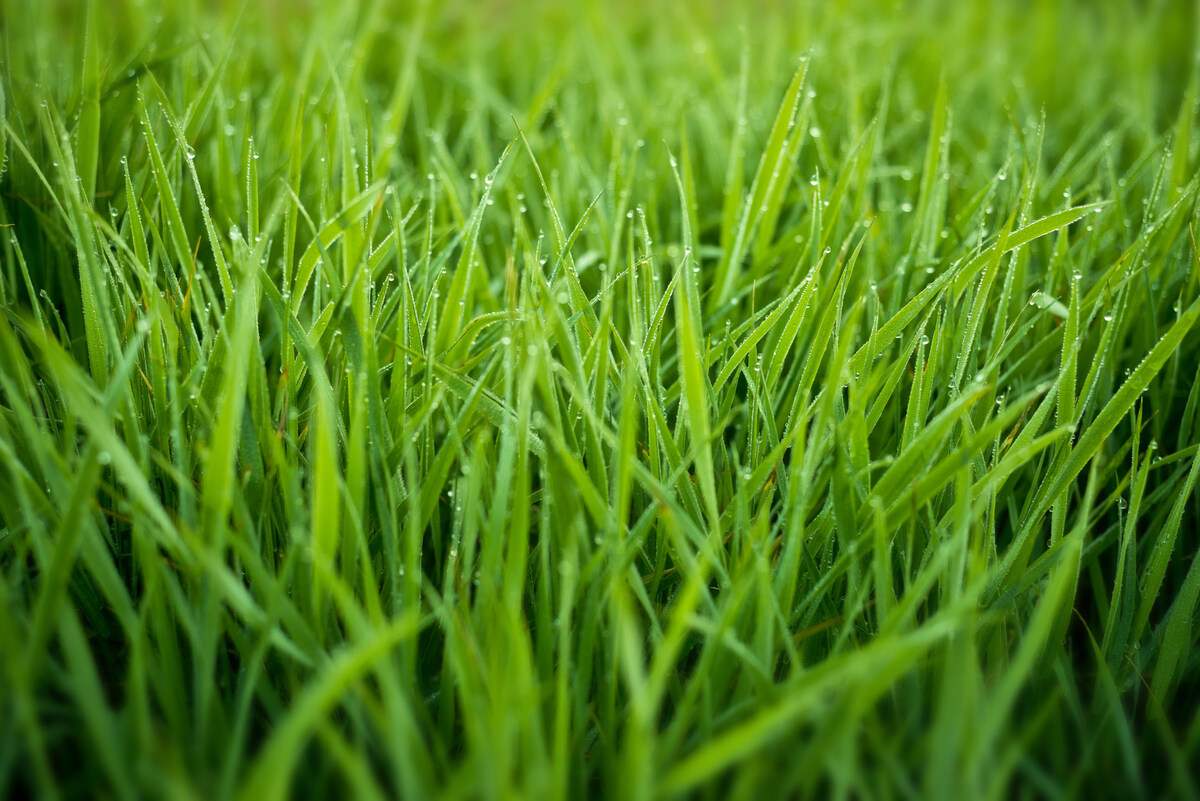
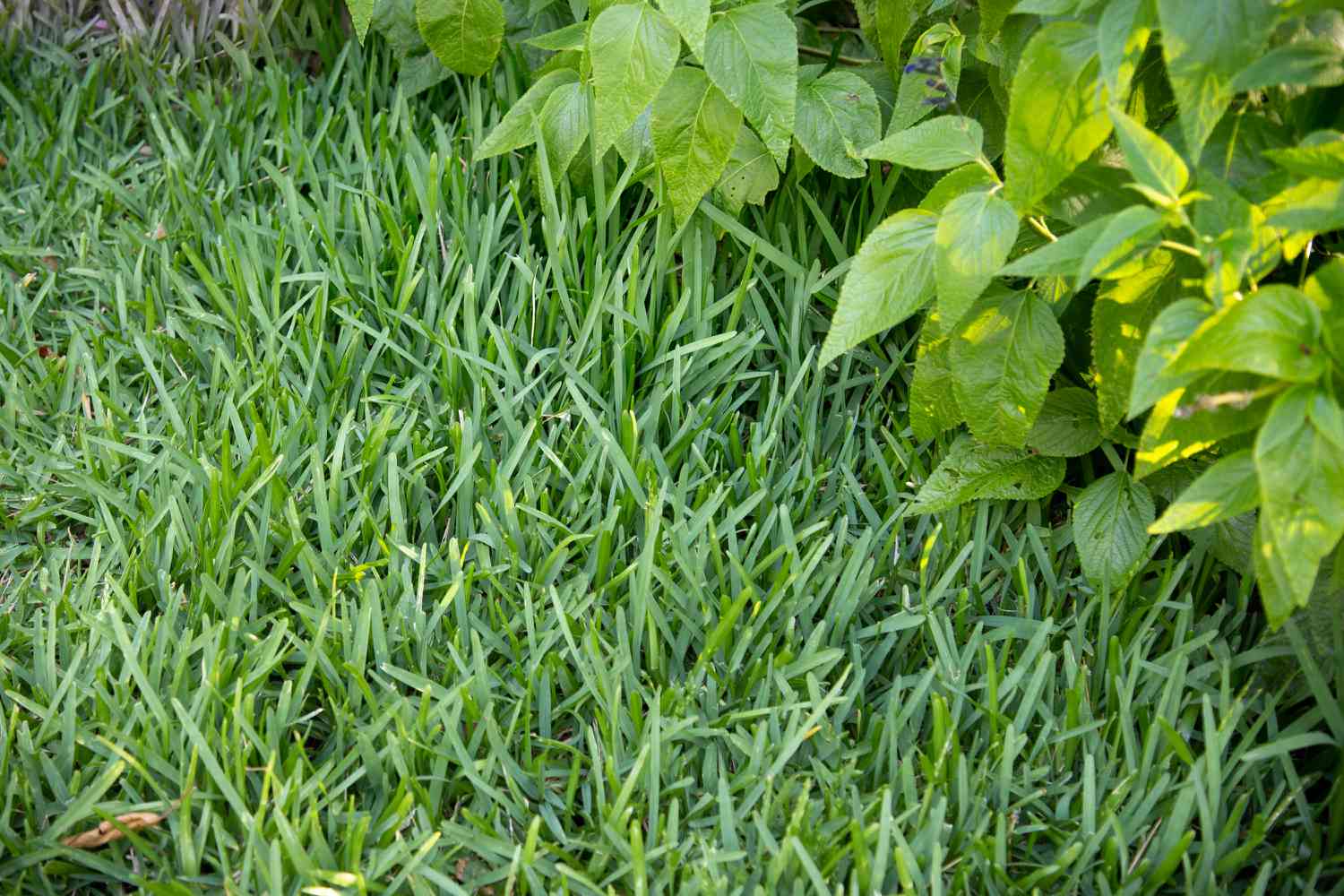
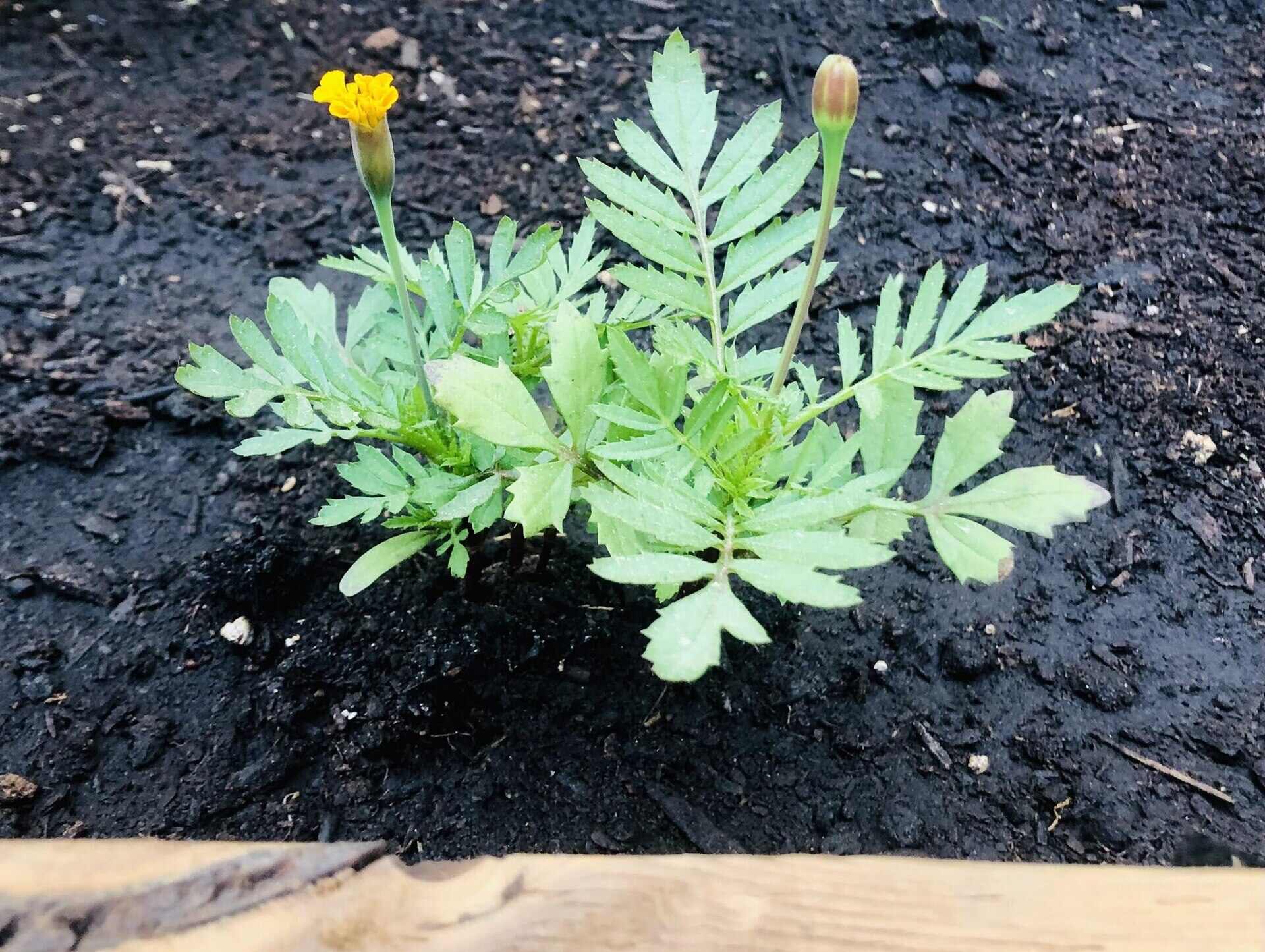
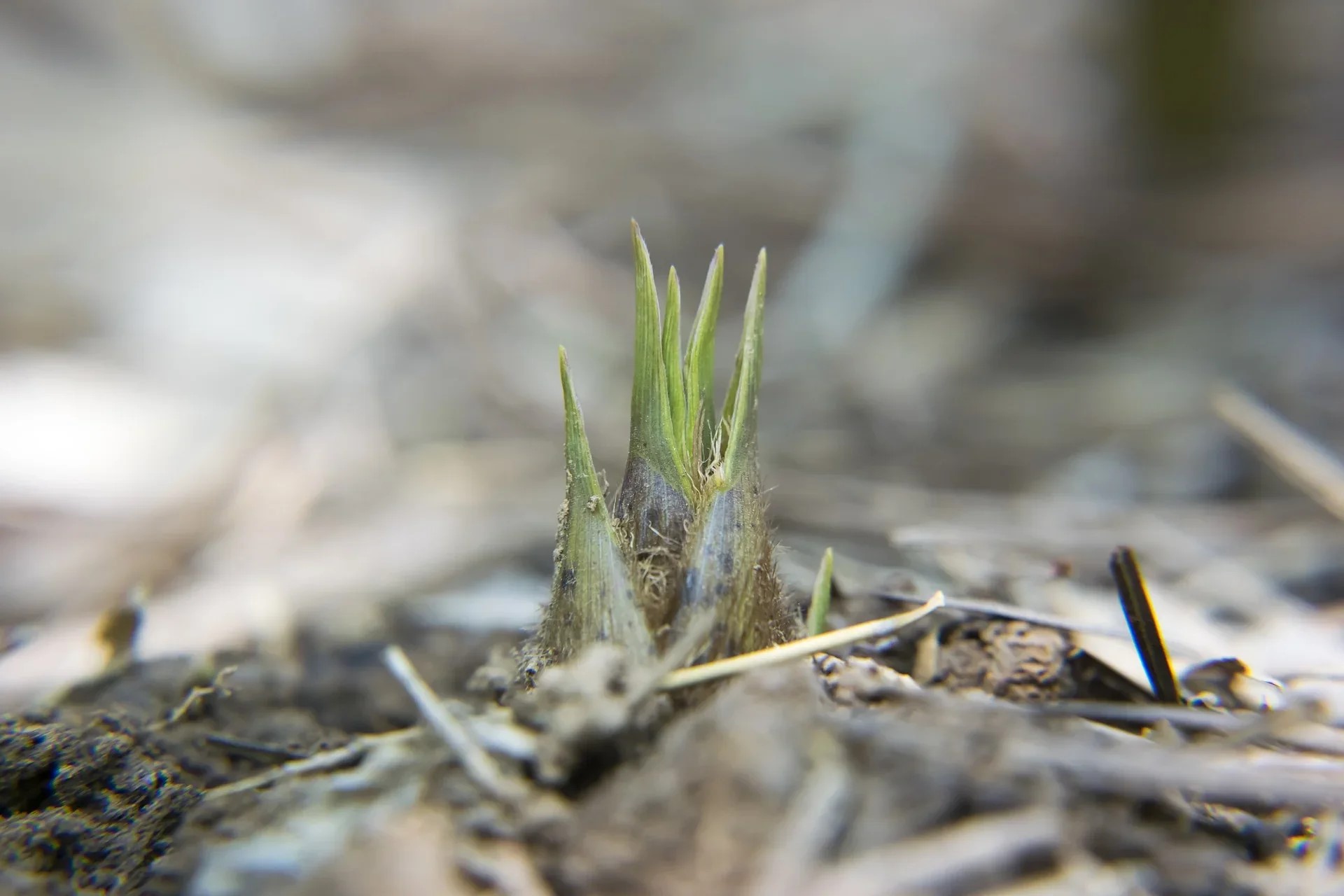
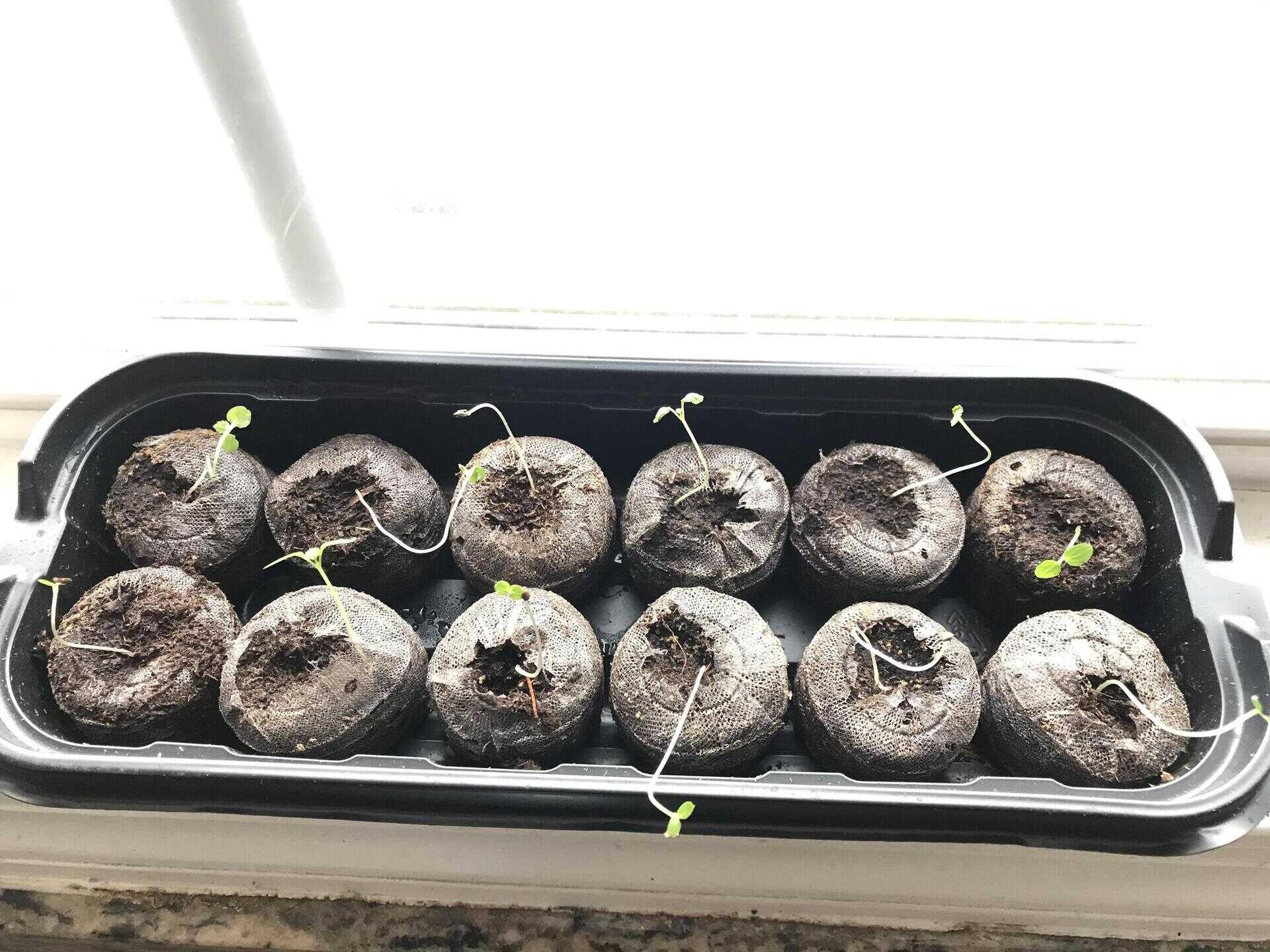
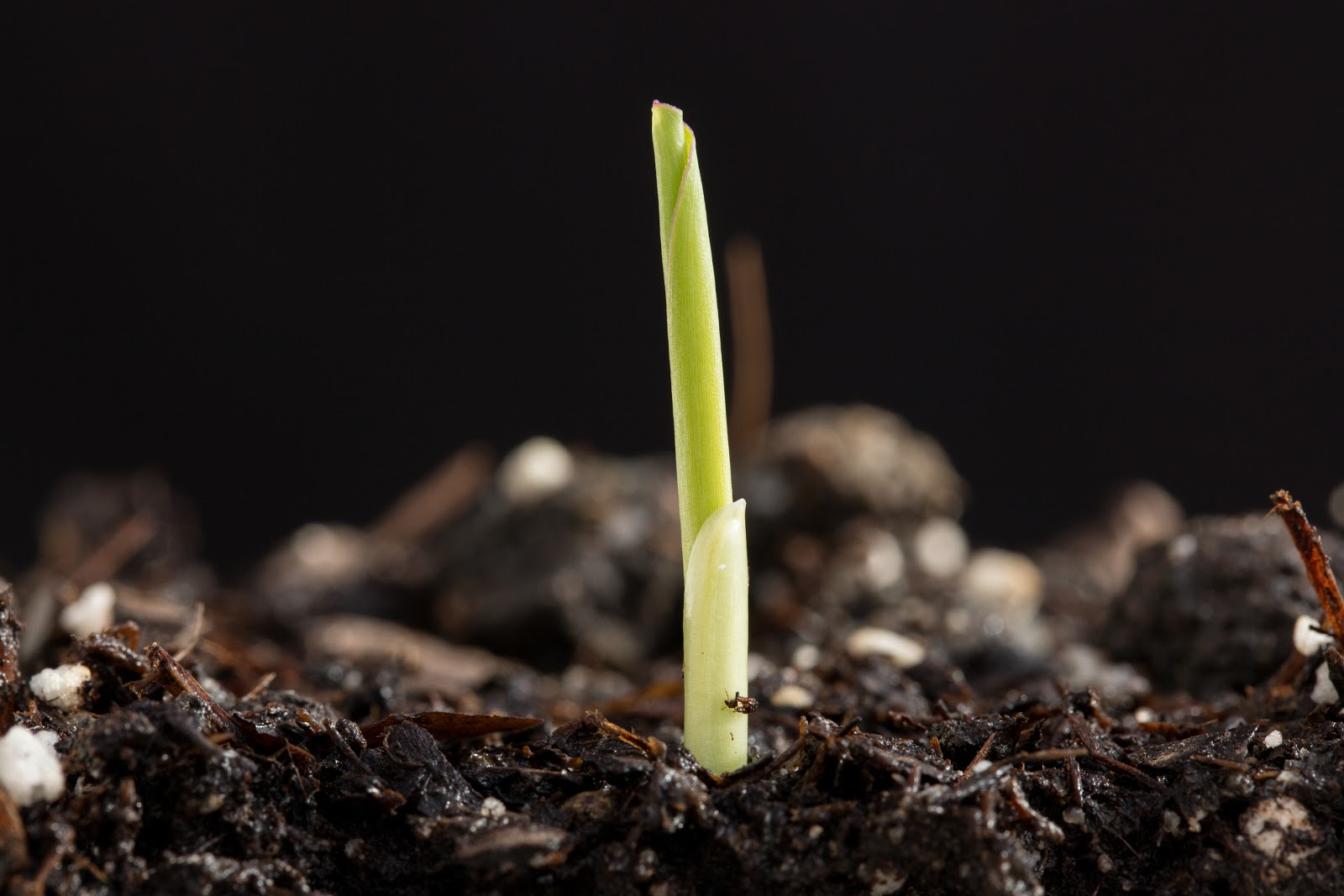
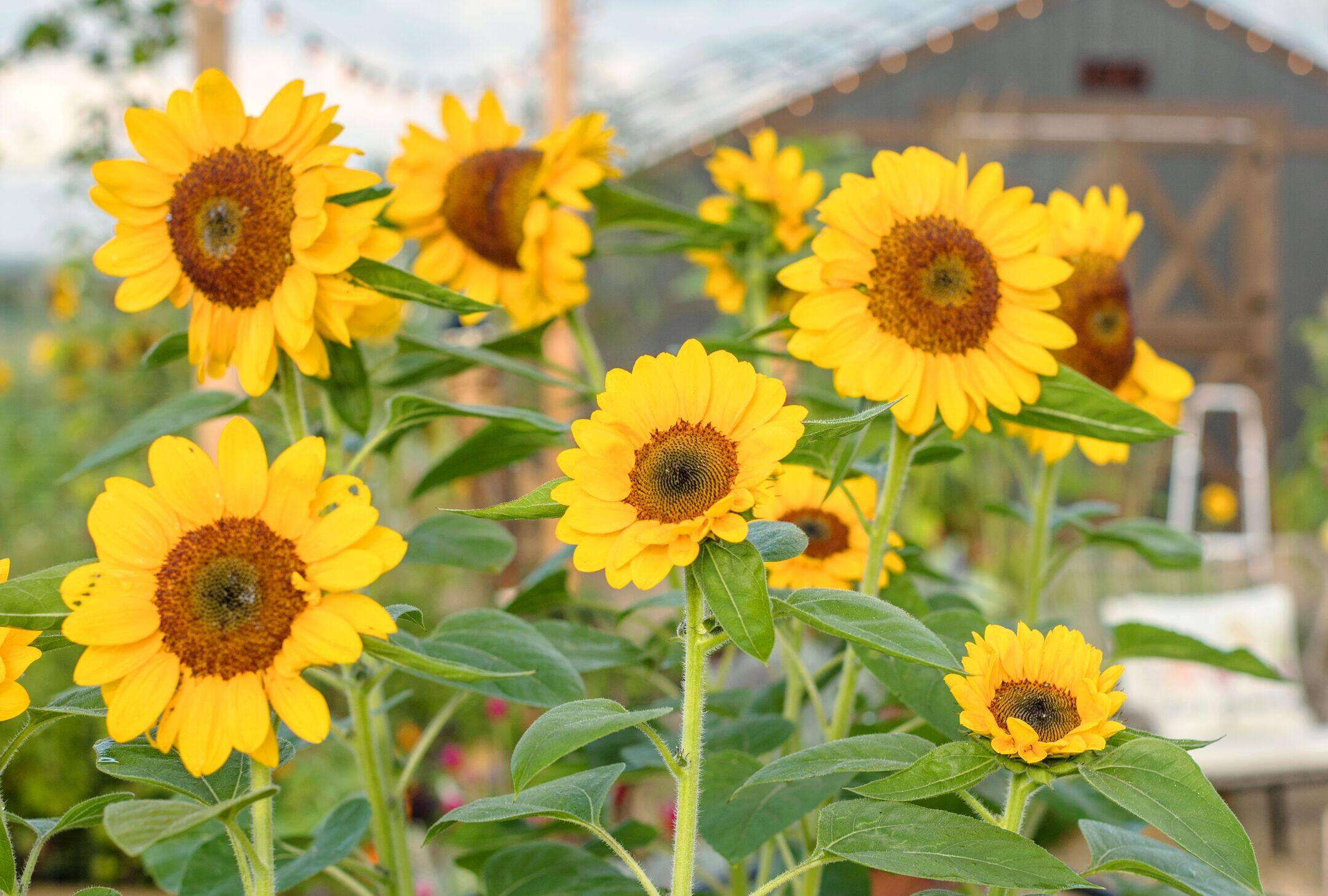

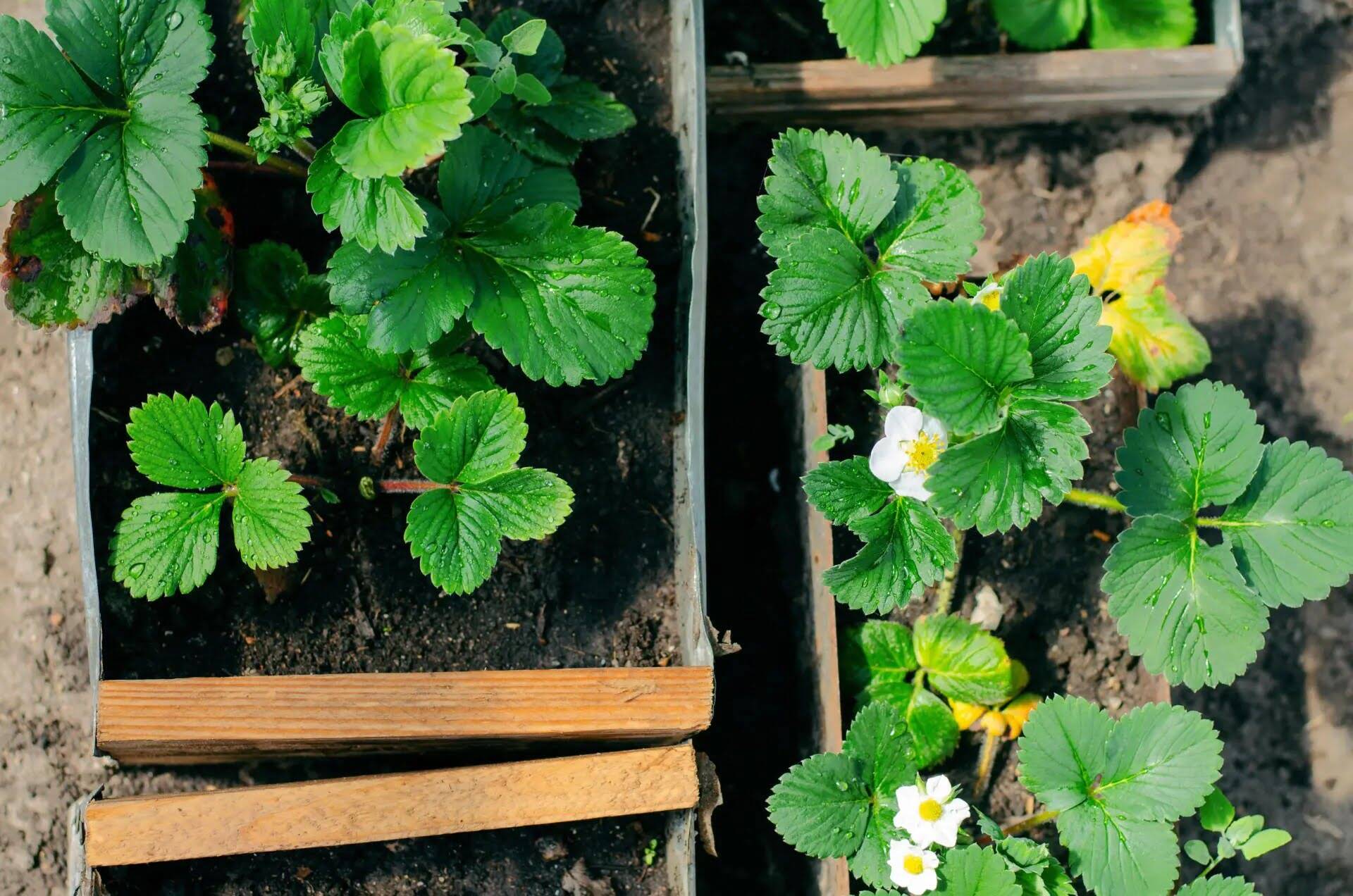

0 thoughts on “How Long Does It Take Grass Seeds To Grow”